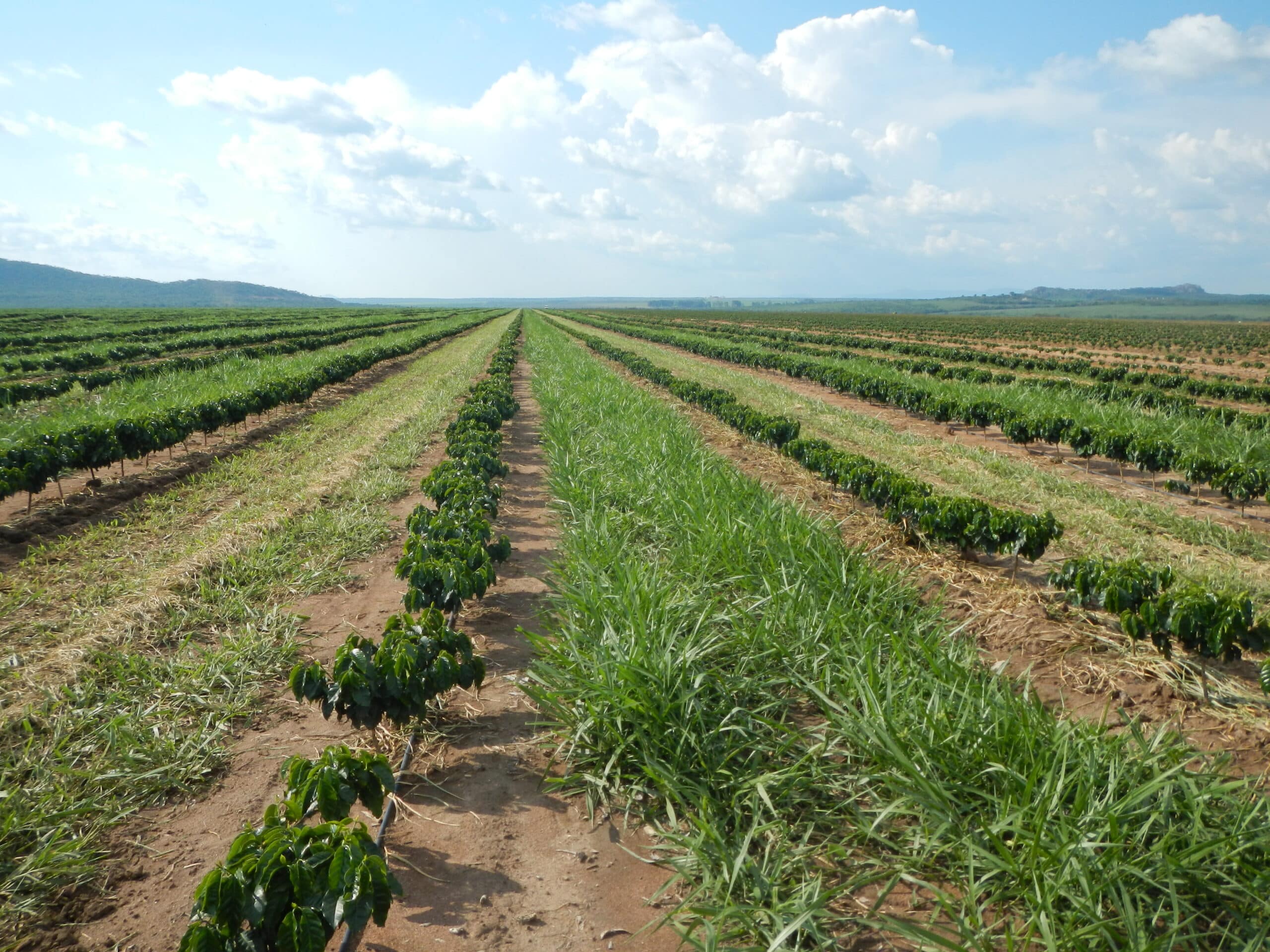A new scientific review explores how to best standardise the measurement of green coffee’s environmental impact. Global Coffee Report examines the diverse strategies and why more accurate modelling may be needed.
According to the Institute for Scientific Information on Coffee (ISIC), a non-profit organisation dedicated to contributing and consolidating balanced scientific information on coffee production and consumption, measurement of green coffee’s carbon footprint has varied traditionally, as is often the case for agricultural lifecycle assessments.
To reveal a more precise picture, ISIC commissioned the French Agricultural Research Centre for International Development (CIRAD) to review current methodologies for green coffee’s environmental impact.
“Life Cycle Assessment (LCA) studies, which look at the coffee across the whole supply chain, from input production to post harvest, are needed to inform us about reduction in impacts. However, there is a lack of comprehensive understanding of the variability of existing LCA results, impacts of the cropping systems, and their trade-offs along the supply chains,” says Cécile Chéron-Bessou, lead CIRAD researcher on the review.
The review, published in Sustainable Production and Consumption in April 2024, was conducted in parallel to a more detailed CIRAD report on behalf of ISIC, Review on Green Coffee Carbon Footprint, which provides a series of recommendations to standardise the measurement of coffee’s carbon footprint.
“We studied the coffee LCA from input production to the final cup. The broader the scope, the more detail you need, and the more variability there is. The guidelines for assessing the perennial cropping system are also quite flexible, given how long the coffee lifecycle is. These are contributing factors as to why it’s traditionally been so hard to measure the environmental impact of coffee,” Chéron-Bessou says.
CIRAD identified and assessed 34 studies, alongside international agricultural guidelines on measuring carbon footprints. The studies were representative of the many different regions and settings in which coffee is grown. For example, 72 per cent of all studied farm systems were located in Central and South America – making up 70 per cent of global coffee production.
“Coffee is grown in the tropics and consumed all around the world. The great diversity of agricultural systems in the tropics and the various trade routes give rise to very diverse supply chains with contrasted potentials and performance. Coffee can notably be grown in agroforestry plots. On the other hand, several studies have shown the climate sensitivity of coffee and the variable impact of climate change on coffee suitability, yield, and farmers’ livelihoods. Both mitigation and adaptation strategies require quantifying the performance and improvement opportunities, while accounting for the diversity of the production systems,” says Chéron-Bessou.
“During our research, we found a lot of studies only reviewed one year of data. If you only look at a year with good climate, or at a coffee plant’s peak production period, the results would be very different compared to accounting for the whole coffee cycle.”
The total carbon footprint of green coffee was found to also vary depending on a number of key factors. These include LUC or human-driven changes in use or management of land, varying levels of nitrogen fertiliser usage, and coffee residues from pruning, leaf litter, and coffee husks. The emissions produced vary as they decompose and release stored carbon. Another key factor is wet process emissions, which occurs during the cleaning and fermentation of coffee cherries in water before drying the beans.
According to ISIC, globally there is rising awareness of the possible detrimental impacts of human activities on the environment, and an increasing realisation that enhanced sustainable practices will help secure coffee as a viable commodity over the long term.
As such, ISIC is supporting independent scientific research, such as the CIRAD study, on measurement and mitigation of the environmental impacts of coffee farming.
“We share the goal with ISIC that if you want to understand and promote sustainable practices, you need field data to comprehend how you can do this,” Chéron-Bessou says.
“We were surprised to find that some studies that looked at coffee’s carbon footprint took data from the internet or existing literature, plus information from suppliers, and mixed it all together. In some cases, this provided inconsistent data. For example, a study looked at coffee from Brazil, Colombia, and Vietnam, but only used data about Brazil’s averaged farming systems. Hence, the information was not accurate, as cropping systems in Brazil and Vietnam can be very different.”
Chéron-Bessou says the quality of the LCA of coffee drinks will mostly depend on inventory data used to characterise the
green coffee impacts, at least in the case of black coffee drinks without any added sugar or milk.
“Therefore, even at the coffee drink level, it is highly recommended to use primary inventory data and to avoid using too many proxies for green coffee suppliers based only on the country of origin and not considering the technical specificities of the coffee plantations,” she says.
In order to improve the robustness and accuracy of LCA of green coffee, Chéron-Bessou and colleagues recommend three key actions.
The first is consistently applying the Intergovernmental Panel on Climate Change (2006) guidelines for land use and LUC accounting.
“This means clearly differentiating between long-term storage of biogenic carbon, over at least 20 years, and short-term biogenic carbon turnover, analysing transparently all carbon pools, including soil organic carbon. We also advise properly modelling the perennial crop cycle, accounting for a weighted average of inputs and outputs along the cycle, depending on the various development stages,” she says.
The second is quantifying all direct and indirect emissions in the field, including all amendments, mineral, organic, and crop residues.
“We also advise checking the mass balance along the supply chain, including beyond the plantation, in order to ensure all co-products or wastes are considered and their emissions from treatment, recycling, or disposal can be tracked,” Chéron-Bessou says.
At the coffee plantation level, Chéron-Bessou adds that more primary data would be needed to better account for the cropping system complexity and interactions among crops within agroforestry systems, and to better characterise the emission profiles from organic fertilisers.

“The coffee husk from dry processing or coffee pulp from wet processing can be composted, thereby stabilising the organic fertilisers while reducing the economic and environmental costs. Also, when you prune the coffee tree, this wood can be reused as firewood, substituting firewood extraction related to deforestation for instance,” she says.
In addition, Chéron-Bessou says knowing which materials contribute to greenhouse gas emissions can help farmers reduce environmental impacts while improving practices.
The final key action to conduct is more studies at the primary processing level to investigate the various processing routes, especially to uncover the potential great diversity from small-scale artisanal up to industrial large-scale processing for all three routes: wet, semi-wet, and dry.
“In particular, there is a critical lack of information and data to characterise all potential impacts of wet processing, depending on the processing scale, the fermentation duration, the amount of wastewater, and the duration and efficiency of the treatment before discharge,” Chéron-Bessou says.
However, she recognises such data is not widely available. The type of coffee drink will also influence the final impacts. This means the consumers’ choices may count notably in terms of relative impacts of the brewing method and packaging.
According to Chéron-Bessou, it is important to understand coffees’ LCA to help producers navigate the impacts of climate change.
“If you can’t precisely measure the impact, it’s harder to improve your farming practices. The idea of looking at the whole supply chain is also to avoid what we call hidden impact shifting, meaning if you improve farming practices and it detrimentally impacts the rest of the supply chain,” she says.
Chéron-Bessou says although LCAs are complex and based on numerous simplifications and choices, the review may serve to unify the measurement of the environmental impact of coffee.
“A key principle for these assessments is absolute transparency around the exact choices and assumptions made as part of modelling. We hope our review will serve as a robust tool for transparent and sound measurement of green coffee’s carbon footprint, helping
farmers and researchers to support good practices for sustainable coffee growing,” she says.
This article was first published in the July/August 2024 edition of Global Coffee Report. Read more HERE.





